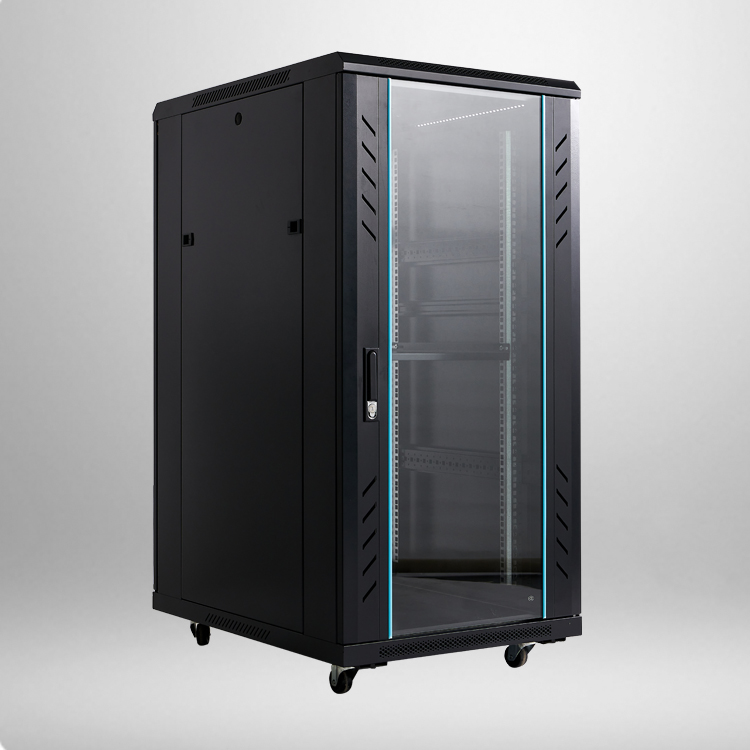Exploring the Key Features of Modern Server Cabinets for Optimal Performance

In the modern era of technology, server cabinets have become an essential component for any organization that relies on a server infrastructure. These cabinets are designed to house and protect server equipment, optimize performance, and improve efficiency. With advancements in technology, modern server cabinets are equipped with key features that enable optimal performance. Let’s explore these features in detail.
- Ventilation: One of the crucial aspects of a modern server cabinet is its ventilation system. As server equipment generates a significant amount of heat, proper ventilation helps dissipate the heat efficiently. Server cabinets now feature perforated doors, side panels, and top and bottom covers to ensure adequate airflow and cooling. Additionally, these cabinets may incorporate fans or fan trays to enhance ventilation further.
- Cable Management: With the increasing number of devices and cables in a server cabinet, cable management has become a critical consideration. Modern server cabinets offer various cable management features, such as cable management rings, cable ducts, and cable channels. These features help organize and route the cables properly, reducing clutter and improving airflow.
- Security: Server cabinets play a crucial role in protecting sensitive data and equipment from unauthorized access. To enhance security, modern server cabinets feature robust locking mechanisms, such as keyed locks, electronic locks, or biometric locks. Some cabinets also come with alarm systems that trigger notifications in the event of unauthorized access or tampering.
- Infrastructure Monitoring: Monitoring the performance and health of server equipment is vital for optimal performance and preemptive maintenance. Modern server cabinets can include integrated monitoring systems that provide real-time data on temperature, humidity, power consumption, and other environmental factors. This allows administrators to monitor and address any potential issues proactively.
- Power Management: Efficient power management is critical for the performance and longevity of server equipment. Modern server cabinets are designed to accommodate power distribution units (PDUs) that efficiently distribute power to individual servers. These cabinets may also feature intelligent power management systems that provide data on power consumption and allow administrators to control power remotely.
- Scalability and Flexibility: As organizations grow, their server infrastructure needs also expand. Modern server cabinets are designed to be scalable and flexible, allowing for easy installation and future expansion. These cabinets may have adjustable mounting rails, removable panels, or modular designs that can accommodate various server sizes and configurations.
- Noise Reduction: Noise generated by server equipment can be a significant nuisance, especially in office environments. Modern server cabinets are equipped with noise reduction features, such as acoustic foam lining, soundproof doors, and vibration-dampening components. These features help reduce noise levels, creating a more comfortable and productive working environment.
- Physical Durability: Server cabinets are expected to withstand the rigors of daily use and protect valuable equipment. Modern server cabinets are built with durable materials, such as steel or aluminum, to ensure physical protection. They may also have reinforced frames or shock-absorbing components to withstand any accidental impacts or vibrations.
Modern server cabinets incorporate several key features to ensure optimal performance, efficiency, and protection of server equipment. These cabinets are equipped with ventilation systems, cable management features, security mechanisms, monitoring systems, power management solutions, scalability options, noise reduction capabilities, and physical durability. By considering these features when choosing server cabinets, organizations can create a reliable and efficient server infrastructure.
评论
发表评论